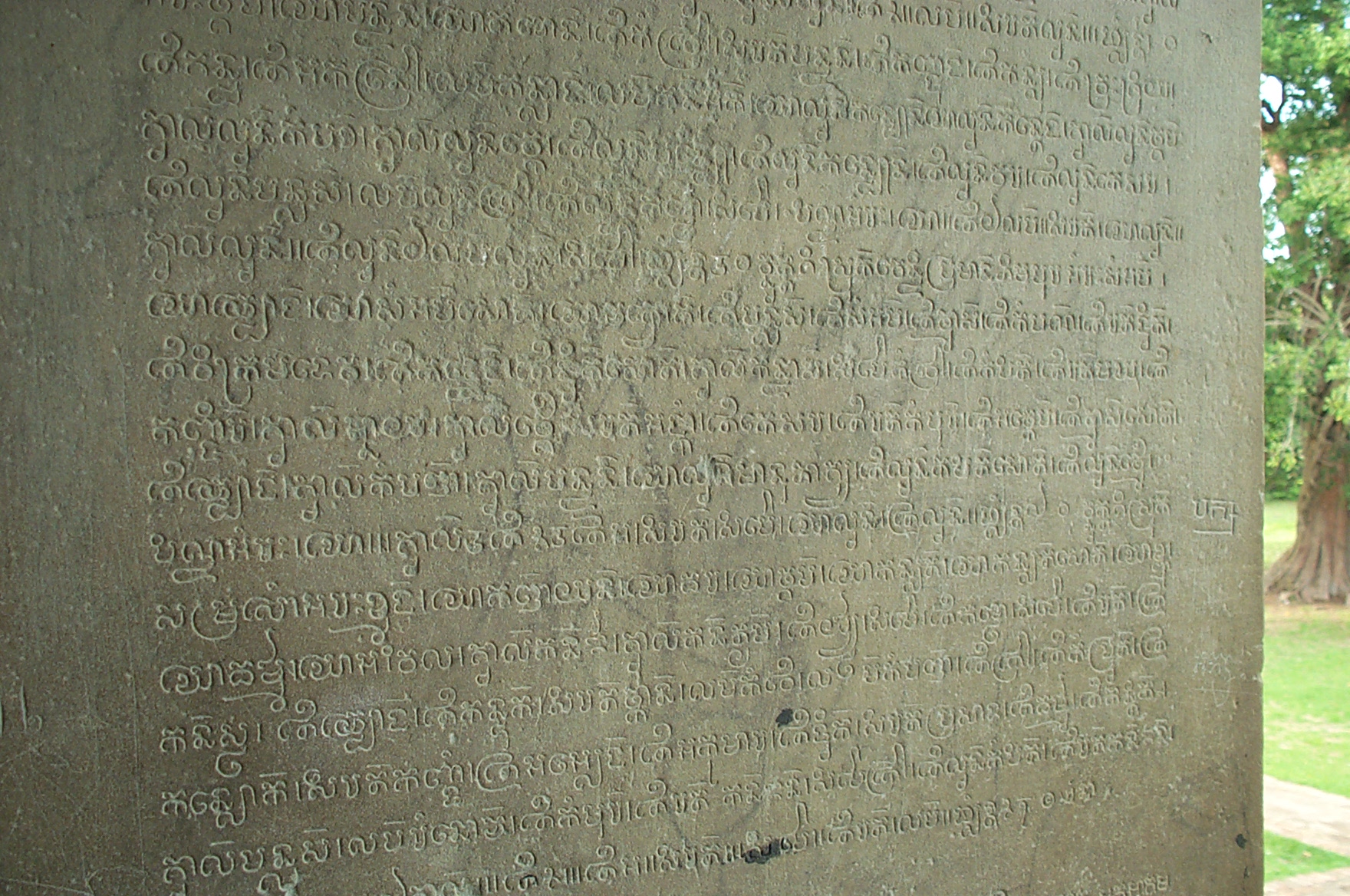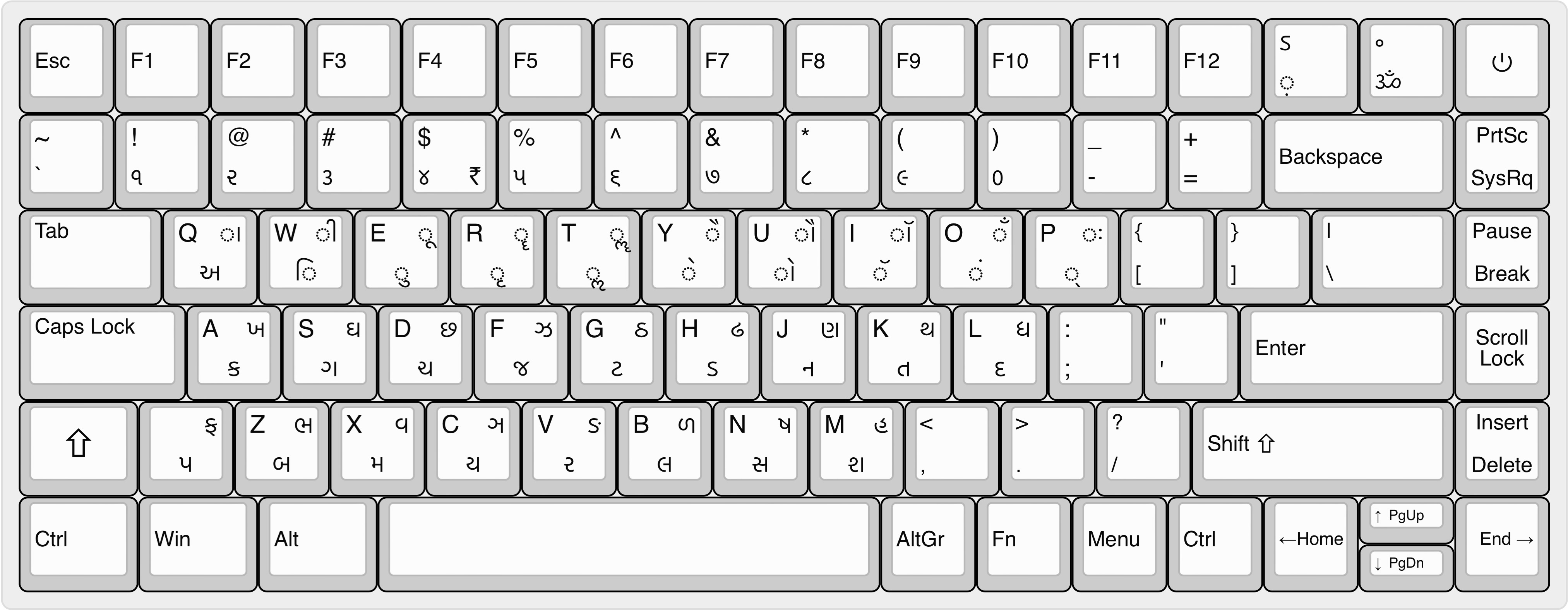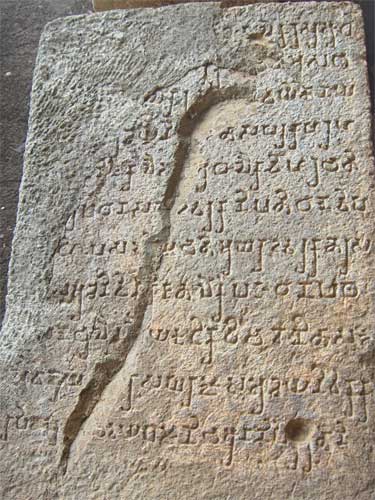|
Avagraha
Avagraha () is a symbol used to indicate prodelision of an ''()'' in many Indian languages like Sanskrit as shown below. It is usually transliterated with an apostrophe in Roman script and, in case of Devanagari, as in the Sanskrit philosophical expression ' ('), which is a sandhi of ( + ) ‘I am Shiva’. The avagraha is also used for prolonging vowel sounds in some languages, for example Hindi for ‘Mãããã!’ when calling to one's mother, or when transliterating foreign words in instant messaging: for example, 'cool' can be transliterated as . In the case of Hindi, the character is also sometimes used as a symbol to denote long or heavy syllables, in metrical poetry. For example, the syllables in the word ' ‘metre’ (in nominative) can be denoted as "", meaning two long syllables. (Cf. other notations in entry "Systems of scansion".) Avagraha in Unicode The avagraha symbol is encoded at several Unicode points, for various Brahmic scripts The Brahmic scri ... [...More Info...] [...Related Items...] OR: [Wikipedia] [Google] [Baidu] |
Devanagari Alphabet
Devanagari ( ; , , Sanskrit pronunciation: ), also called Nagari (),Kathleen Kuiper (2010), The Culture of India, New York: The Rosen Publishing Group, , page 83 is a left-to-right abugida (a type of segmental writing system), based on the ancient ''Brāhmī'' script, used in the northern Indian subcontinent. It was developed and in regular use by the 7th century CE. The Devanagari script, composed of 47 primary characters, including 14 vowels and 33 consonants, is the fourth most widely adopted writing system in the world, being used for over 120 languages.Devanagari (Nagari) , Script Features and Description, (2013), United States The |
Tirhuta Alphabet
The Tirhuta or Maithili script is the primary historical script for the Maithili language, as well as one of the historical scripts for Sanskrit. It is believed to have originated in the 10th century CE. It is very similar to Bengali–Assamese script, with most consonants being effectively identical in appearance. For the most part, writing in Maithili has switched to the Devanagari script, which is used to write neighboring Central Indic languages to the west and north such as Hindi and Nepali, and the number of people with a working knowledge of Tirhuta has dropped considerably in recent years. History and current status Before 14th CE, Tirhuta was exclusively used to write Sanskrit, later Maithili was written in this script. Despite the near universal switch from Tirhuta to the Devanagari script for writing Maithili, some traditional pundits still use the script for sending one another ceremonial letters (''pātā'') related to some important function such as marriage. ... [...More Info...] [...Related Items...] OR: [Wikipedia] [Google] [Baidu] |
Khmer Script
Khmer script ( km, អក្សរខ្មែរ, )Huffman, Franklin. 1970. ''Cambodian System of Writing and Beginning Reader''. Yale University Press. . is an abugida (alphasyllabary) script used to write the Khmer language, the official language of Cambodia. It is also used to write Pali in the Buddhist liturgy of Cambodia and Thailand. Khmer is written from left to right. Words within the same sentence or phrase are generally run together with no spaces between them. Consonant clusters within a word are "stacked", with the second (and occasionally third) consonant being written in reduced form under the main consonant. Originally there were 35 consonant characters, but modern Khmer uses only 33. Each character represents a consonant sound together with an inherent vowel, either ''â'' or ''ô''; in many cases, in the absence of another vowel mark, the inherent vowel is to be pronounced after the consonant. There are some independent vowel characters, but vowel sounds are ... [...More Info...] [...Related Items...] OR: [Wikipedia] [Google] [Baidu] |
Prodelision
Prodelision is a form of elision where, in a string of two words, the latter word loses its initial vowel(s). Example: "Namqu(e) etsi nullum memorabile nomen femine(a) in poena (e)st, habet haec victoria laudem, exstinxisse nefas." (Aeneid 2.583-585) The "e" of "est" elides in the second line, rather than the "a" of "poena." This is very common in Latin Latin (, or , ) is a classical language belonging to the Italic branch of the Indo-European languages. Latin was originally a dialect spoken in the lower Tiber area (then known as Latium) around present-day Rome, but through the power of the ... with forms of the verb "esse." This type of elision is also common in Hindustani. In poetry, it can allow for the use of words in a metric form that would otherwise make their use impossible. References Phonology {{phonology-stub ... [...More Info...] [...Related Items...] OR: [Wikipedia] [Google] [Baidu] |
Gujarati Alphabet
The Gujarati script (, transliterated: ) is an abugida for the Gujarati language, Kutchi language, and various other languages. It is a variant of the Devanagari script differentiated by the loss of the characteristic horizontal line running above the letters and by a number of modifications to some characters. Gujarati numerical digits are also different from their Devanagari counterparts. Origin The Gujarati script () was adapted from the Nagari script to write the Gujarati language. The Gujarati language and script developed in three distinct phases — 10th to 15th century, 15th to 17th century and 17th to 19th century. The first phase is marked by use of Prakrit, Apabramsa and its variants such as Paisaci, Shauraseni, Magadhi and Maharashtri. In second phase, Old Gujarati script was in wide use. The earliest known document in the Old Gujarati script is a handwritten manuscript ''Adi Parva'' dating from 1591–92, and the script first appeared in print in a 1797 advertisem ... [...More Info...] [...Related Items...] OR: [Wikipedia] [Google] [Baidu] |
Mongolian Script
The classical or traditional Mongolian script, also known as the , was the first writing system created specifically for the Mongolian language, and was the most widespread until the introduction of Cyrillic in 1946. It is traditionally written in vertical lines . Derived from the Old Uyghur alphabet, Mongolian is a true alphabet, with separate letters for consonants and vowels. The Mongolian script has been adapted to write languages such as Oirat and Manchu. Alphabets based on this classical vertical script are used in Mongolia and Inner Mongolia to this day to write Mongolian, Xibe and, experimentally, Evenki. Computer operating systems have been slow to adopt support for the Mongolian script, and almost all have incomplete support or other text rendering difficulties. History The Mongolian vertical script developed as an adaptation of the Old Uyghur alphabet for the Mongolian language. From the seventh and eighth to the fifteenth and sixteenth centuries, the Mongolia ... [...More Info...] [...Related Items...] OR: [Wikipedia] [Google] [Baidu] |
Tibetan Script
The Tibetan script is a segmental writing system (''abugida'') of Brahmic scripts, Indic origin used to write certain Tibetic languages, including Lhasa Tibetan, Tibetan, Dzongkha, Sikkimese language, Sikkimese, Ladakhi language, Ladakhi, Jirel language, Jirel and Balti language, Balti. It has also been used for some non-Tibetic languages in close cultural contact with Tibet, such as Thakali language, Thakali. The printed form is called uchen script while the hand-written cursive form used in everyday writing is called umê script. This writing system is used across the Himalayas, and Tibet. The script is closely linked to a broad ethnic Tibetan identity, spanning across areas in India, Nepal, Bhutan and Tibet. The Tibetan script is of Brahmic scripts, Brahmic origin from the Gupta script and is ancestral to scripts such as Meitei script, Meitei, Lepcha script, Lepcha,Daniels, Peter T. and William Bright. ''The World's Writing Systems''. New York: Oxford University Press, 1996. ... [...More Info...] [...Related Items...] OR: [Wikipedia] [Google] [Baidu] |
Sundanese Alphabet
Standard Sundanese script (''Aksara Sunda Baku'', ) is a writing system which is used by the Sundanese people. It is built based on Old Sundanese script (''Aksara Sunda Kuno'') which was used by the ancient Sundanese between the 14th and 18th centuries. Currently the standard Sundanese script is also commonly referred to as the Sundanese script. History Old Sundanese was developed based on the Pallava script of India, and was used from the 14th until the 18th centuries. The last manuscript written in Old Sundanese script was ''Carita Waruga Guru.'' From the 17th to the 19th centuries, Sundanese was mostly spoken and not written. Javanese and Pegon scripts were used to write Sundanese during this period. In 1996, the government of West Java announced a plan to introduce an official Sundanese script, and in October 1997, Old Sundanese script was chosen and renamed to ''Aksara Sunda.'' Typology The standardized script has 32 basic characters, consists of 7 ''aksara swara'' (ind ... [...More Info...] [...Related Items...] OR: [Wikipedia] [Google] [Baidu] |
Kannada Alphabet
The Kannada script (IAST: ''Kannaḍa lipi''; obsolete: Kanarese or Canarese script in English) is an abugida of the Brahmic scripts, Brahmic family, used to write Kannada, one of the Dravidian languages of South India especially in the state of Karnataka. Kannada script is also widely used for writing Sanskrit texts in Karnataka. Several minor languages, such as Tulu language, Tulu, Konkani, Kodava language, Kodava, Sankethi dialect, Sanketi and Beary language, Beary, also use alphabets based on the Kannada script. The Kannada and Telugu scripts share very high mutual intellegibility with each other, and are often considered to be regional variants of single script. Other scripts similar to Kannada script are Sinhala script (which included some elements from the Kadamba script), and Old Peguan language, Peguan script (used in Burma). The Kannada script ( ''akṣaramāle'' or ''varṇamāle'') is a phonemic abugida of forty-nine letters. The character set is almost identical ... [...More Info...] [...Related Items...] OR: [Wikipedia] [Google] [Baidu] |
Telugu Alphabet
Telugu may refer to: * Telugu language, a major Dravidian language of India *Telugu people, an ethno-linguistic group of India * Telugu script, used to write the Telugu language ** Telugu (Unicode block), a block of Telugu characters in Unicode See also * Telugu cinema * Telugu cuisine * Telugu culture (other) * Telugu states Telugu states are the Indian states of Andhra Pradesh and Telangana in southeastern India. An ethno-region of Telugu People, they as a collective are bordered by Maharashtra to the north, Karnataka to the west, Odisha, Chhattisgarh to the northe ... * * {{disambiguation Language and nationality disambiguation pages ... [...More Info...] [...Related Items...] OR: [Wikipedia] [Google] [Baidu] |
Odia Alphabet
Odia, also spelled Oriya or Odiya, may refer to: * Odia people in Odisha, India * Odia language, an Indian language, belonging to the Indo-Aryan branch of the Indo-European language family * Odia alphabet, a writing system used for the Odia language ** Oriya (Unicode block), a block of Odia characters in Unicode * Odia (name) Odia is both a surname and a given name. Notable people with the name include: * Churchill Odia (born 1985), Nigerian basketball player * Henry Odia (born 1990), Nigerian footballer * Odia Coates (1941–1991), American singer {{given name, typ ..., including a list of people with the name See also * * {{Disambiguation Language and nationality disambiguation pages ... [...More Info...] [...Related Items...] OR: [Wikipedia] [Google] [Baidu] |




